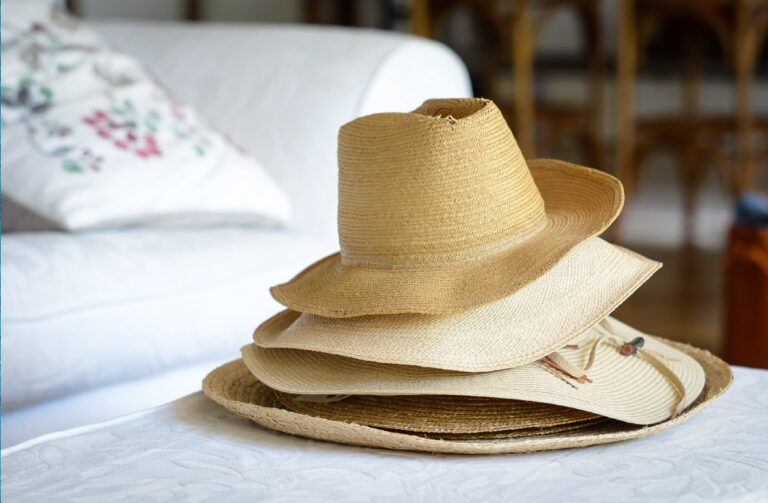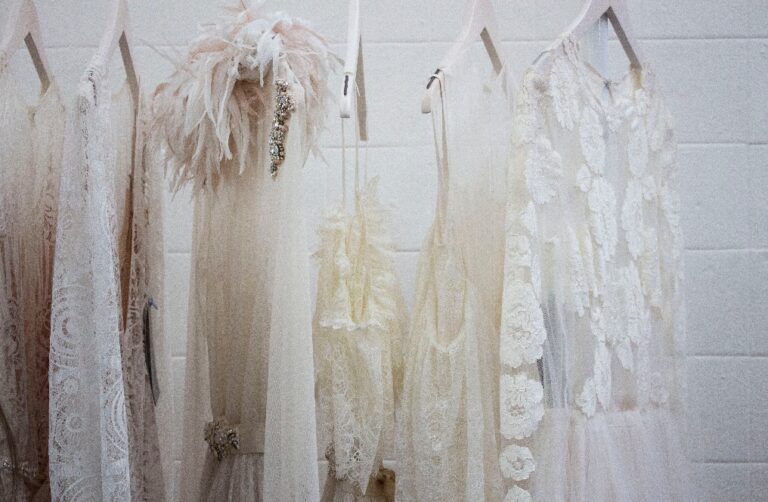Summer is not gone, it’s just on vacation for 9 months. For everyone who said goodbye to swimwear, said “Goodbye” to flip flops and panama hats, and most importantly, mothballed the bike and scooters for the winter, there are 2 pieces of news. The first good one is that you folded your summer things and packed them. The second one, it’s bad – where to store all this now? We, as always, rush to help in such situations. Today we will figure out how to properly fold summer things for storage, how to pack them and, most importantly, where to put them away.
How to fold summer clothes for compact storage
Summer things obviously take up less space than winter ones. Or not? Let’s go over the main things. Summer clothes are definitely smaller than winter clothes, there will be 2-3 dresses for one fur coat in the closet. But you can’t hide such a summer thing as a bicycle in a closet, and you can’t just leave it in the hallway. But if the bike is folding, then things become easier. Thus, the first principle of storage says – everything that can be folded must be folded:
Summer clothes can be folded compactly according to the Marie Kondo method – she teaches you how to fold T-shirts, trousers and long sleeves.
Bicycles and scooters are folded based on the design possibilities.
Summer tourist equipment is folded as compactly as possible: the tent must be carefully folded according to the instructions, awnings, barbecues – all this can be easily folded or disassembled.

How to pack summer clothes for compact storage
After we have everything compactly folded, we need to carefully pack things. Each item has its own packaging. This is important, since the quality of things after storage depends on the packaging. Improper packaging can put things at risk – they get wet, dirty, faded, rusted or damp. To prevent this from happening, you need to choose the right packaging:
It is best to put a bicycle or scooter in a tight cover that will protect against dust and moisture. However, if the bike does not fold, and you plan to store it in the house, then you need to dust it from time to time.
It is most convenient to pack clothes in vacuum bags (they are designed for moving) – this way you can save a lot of space.
Summer shoes should be put in boxes so as not to spoil the shape of the shoes (you should definitely not stack sandals in each other).
It is better to pack summer sports equipment and tourist equipment in shopping boxes, bags, bags.
Summer car tires require separate packaging – these can be special car wheel covers, they let air through (this is a must). Covers will protect from dust, light and mechanical accidental damage. However, we warn you that it is extremely unsafe to store rubber at home, since car tires emit vapors harmful to the human body – it is harmful to be constantly near the tires.
Where is the best place to store summer clothes?
After you have folded and packed all the summer things, you suddenly realized that you have no idea where to store all this stuff. There are a lot of things – but there is not enough free space in the apartment without them. What to do? Look for options. We offer as many as 8 options where you can define summer things so that their storage does not cause inconvenience in winter.
1. On the balcony or loggia
If the house has a balcony, this is good luck, as it can be a great place to store things when they are temporarily not needed. A couple of boxes will definitely fit on the balcony, and sometimes a whole bike with a set of tires. The nuance lies in the conditions: in winter it can be too cold on the balcony, and this temperature can ruin some things. For example, summer tires cannot be stored at temperatures below +10 degrees Celsius, otherwise they lose their elasticity, crack and wear out. And temperature fluctuations in the off-season and excessive humidity can have a bad effect on metal objects – for example, parts of a bicycle or scooter can rust. In any case, on the balcony, things need tight packaging that will protect against moisture and ultraviolet rays.
2. In the pantry
The advantage of the pantry is that things do not get in the way under your feet in everyday life, and you don’t need to carry anything anywhere. Even if suddenly you need a summer dress for the new year, you just need to find the right box. The downside is that usually the pantries are small, and even a couple of boxes can be problematic to find there, not like a bicycle.
3. On the mezzanine
A method that is suitable for those who have few things is a couple of boxes with shoes and clothes. The advantage is that things are at hand, you just need to fold them well, perhaps process them from moths, and pack them. The downside is that if there are a lot of things on the mezzanine, then a specific smell can form, which, for example, will smell like clothes.

4.In the garage
This is a great option if there are not a lot of things, and the garage itself is heated in winter. Otherwise, you may face problems such as temperature changes, excessive humidity. You also need to keep in mind uninvited garage guests – rodents. If the garage is heated, then the main thing is to keep things away from the heat source, at least 2-3 meters away. And in any case, things need to be packed: clothes in bags, tires in covers, the bike must be pre-washed, lubricated and packed in a dust film.
5. In the country or in a country house
The advantages are obvious: things do not interfere at home, you can store indefinitely and for free. There are also disadvantages – you need to organize delivery, that is, spend time and money on the road, and sometimes order a car if you don’t have your own. And if the cottage is not heated, then minuses are added, like on a balcony or in a garage.
6. Remove box or cell
Any things are stored in cells or boxes – you still lock your box with a key and no one else goes there. By renting such a cell for several months at once, you can use it to store seasonal items and have round-the-clock access. The downside is that the cell is rented at a single rate, regardless of how many things you have – a lot or a little. If there are not so many things, then every month you will overpay for unused space, that is, “for air”.
7. Rent a container if there are too many things
Sea containers were originally used to transport things, but then everyone realized that they could also be stored in them. They are roomy and you have personal access to your things at any time – bring and take away when it is convenient. The downside is that in winter there is no heating in the container and things “freeze”, which means they can become damp and deteriorate.
